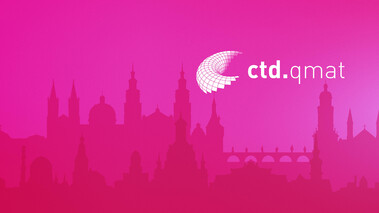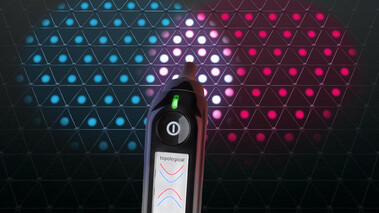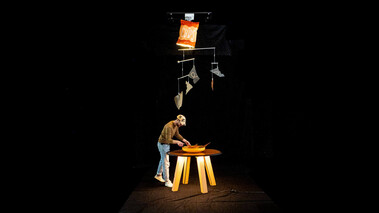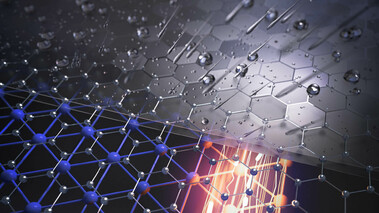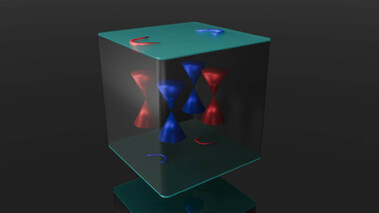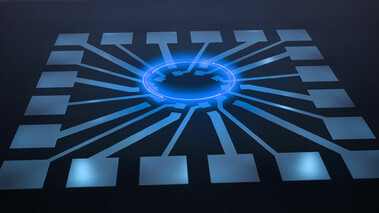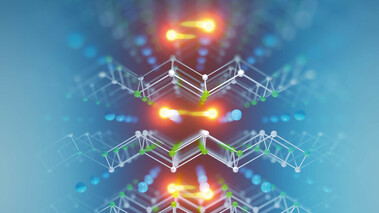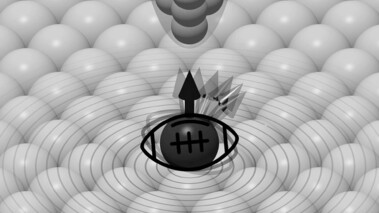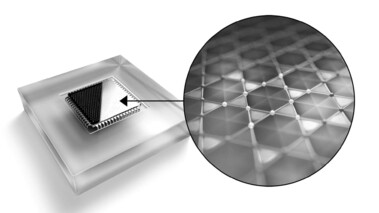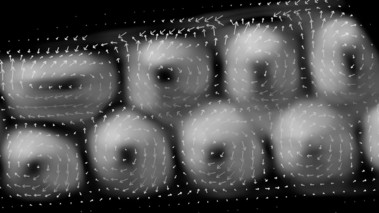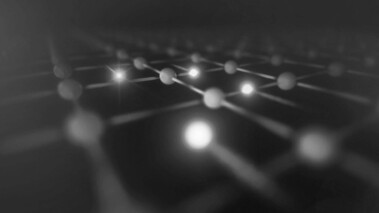News
-
![Magentafarbene Grafik mit ctd.qmat-Logo und Stadtsilhouette als Slider für Eilmeldung.]()
22 May 2025
10:00 pmCluster Renewed! 7 More Years! 2nd Funding Period Approved by DFG
more
-
![Darstellung eines topologischen Schnelltests mit Scanner und leuchtenden Oberflächenstrukturen.]()
16 May 2024
Method Milestone for Quantum Physics: Rapid Test for Topological 2D Materials
more
-
![Szene mit Person an einem Tisch im dunklen Raum mit orangefarbenem Spotlight.]()
07 Mar 2024
Cold Chips and Quantum Mysteries: Preview the Kitty Q Escape Room at SPIN2030
more
-
![Regenschirm-Fuer-Atome-Abbildungjoergbandmann-1920x1080]()
01 Mar 2024
Umbrella for Atoms: The First Protective Layer for 2D Quantum Materials
more
-
![3D-Grafik zur physikalischen Struktur von PTBi2 in einem transparenten Würfel mit farbigen Achsen.]()
08 Feb 2024
A superconducting sandwich offers hope for Majorana qubits
more
-
![Schematische Darstellung eines Quantenbauteils mit zentraler blauer Leuchtstruktur auf schwarzem Hintergrund.]()
18 Jan 2024
11:00 amExtremely Robust & Ultra-Sensitive: Topological Quantum Device Produced
more
-
![Pressebild-Cerh2as-Illustrationjo-Rgbandmannctqmat-16x9-I]()
23 Nov 2023
12:00 pm€2.7 million for Superconducting “Miracle”. ERC grant for Dresden quantum physicist Hassinger
more
-
![Pressebild-Spinaron-Bild-Jubabouaziz-Ulrichpuhlfuerst-1920x1080]()
26 Oct 2023
05:00 pmSpinaron: A Rugby in a Ball Pit. New Quantum Effect Demonstrated for the First Time
more
-
![Glänzender Quantenchip mit abstrahlendem Licht, auf einer weißen Fläche liegend.]()
07 Sept 2023
Training quantum computers: Physicists win prestigious IBM award
more
-
![Skyrmionen-Abb1-1920x1080]()
30 May 2022
Whirlwind in the material: Dresden physicist wins prize for world's first image of a 3D magnetic field
more
-
![Farbliche Illustration mehrerer Elektronen in einer Anordnung mit Lichtpunkten auf dunklem Hintergrund.]()
05 Nov 2021
Electron family creates previously unknown state of matter
more
-
![Lorem ipsum dolor sit amet, consetetur sadipscing elitr, sed diam nonumy eirmod tempor invidunt ut labore et dolore magna aliquyam erat, sed diam voluptua. At vero eos et accusam et justo duo dolores et ea rebum. Stet clita kasd gubergren, no sea takimata]()
13 Apr 2021
Spins under control
more


